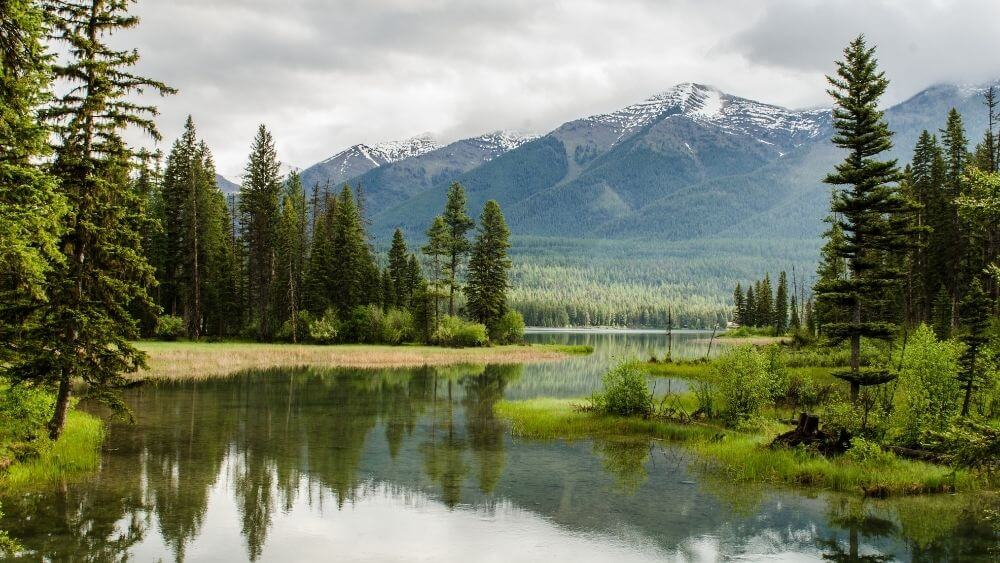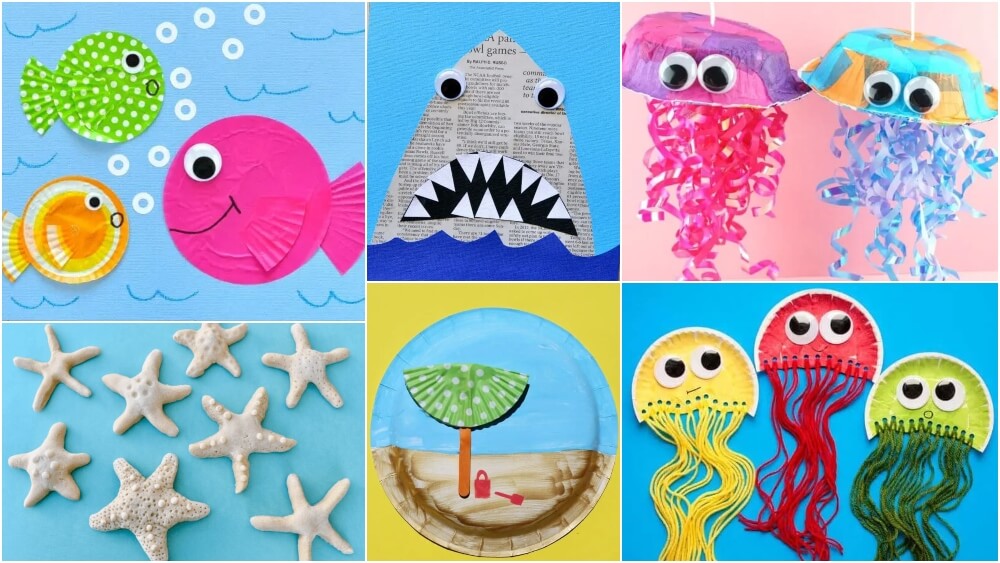The Living Organisms and Their Surroundings

Have you ever wondered about life, how does it exists?? That too, in so many forms??
Life on Earth began about 2.5 billion years ago. Life on earth came into existence when organisms started living on it.
Contents
What are organisms?
Different regions in the world have various types of living creatures. These creatures are called organisms.
These organisms consist of animals, plants, and other several living creatures, They survive in habitats that suit them.
What is Habitat?
The region or environment where a particular organism lives is termed as the habitat of that organism. In simple words, they find suitable conditions for breeding and survival in a habitat. The habitat provides food, water, shelter, air and other needs to organisms. Several kinds of plants and animals share their habitat.
Habitat is divided into two components – Biotic and Abiotic.
Biotic Components
These are the living components such as flora and fauna are biotic components.
Abiotic Components
These are the non-living components such as water, air, soil, etc are abiotic components.
You must have seen many animals and plants can live in a hot climate as well as in a cold climate too. They can do so because they can adapt to the changes that happen in a habitat.
What is adaptation?
When organisms adjust to the climate, which enables them to survive in its surrounding is called adaptation.
Adaptation does not take place in a short time because the abiotic factors of a region also change slowly.
Those organisms which are not able to adapt to these changes do not survive. Whereas the organisms which can adapt abiotic factors not only survive but lead to a wide variety of organisms.
Types of Habitats
1. Terrestrial Habitat
The plants and animals that live on land are said to live in Terrestrial Habitat.
Deserts – eg. Camels, rats, snakes, cactus
- Desert animals like rats and snakes dig deep into the sand to stay away from the intense heat in deserts as they do not have long legs like Camel. They only come out in the night, when it’s cooler.
- In the desert, the plant’s leaves are reduced to spines or are either absent. This helps in reducing the loss of water from the leaves through transpiration.
- Photosynthesis in such plants is usually carried out by the stems.
- The stems of the plants in desert plants have a waxy coating on them, which helps to retain water in them.
- Their roots go deep into the soil for absorbing water.
Mountain – e.g yaks, sheep, mountain goats, pine trees
- The climate in this habitat normally is very cold and windy, some areas also receive snowfall in winters.
- The trees are cone-shaped having sloping branches. The leaves are needlelike that helps the rainwater and snow to slide off easily.
- Animals have thick skin or fur to protect them from cold. (eg. Snow leopard)
- Animals like Mountain goat has strong hooves to run on rocky slopes.
Grasslands- e.g Elephants, Giraffes
- For survival, the lions have light brown hair that helps them to hide in dry grasslands and have long claws that help them to capture their prey.
- Deers have strong teeth to eat plants and also has long ears to listen to predator movement. They have eyes on the side of their head, allowing them to look in all directions for danger. Also, they are fast in running, to run away from the predators.
2. Aquatic Habitat
The plants and animals that live in water are said to live in Aquatic Habitat.
Ocean
- Most sea animals have streamlined bodies to help them move easily in water.
- Some sea animals like squids and octopus, stay deeper in the ocean. They don’t have streamlined bodies but when they move they make streamlined motion.
- Such animals, catch their near the seabed and take oxygen through gills.
- Dolphins and whales are some animals that breathe in air through nostrils or blowholes. They come near the surface to breathe in the air.
Ponds and lakes
- Aquatic plants, roots are much reduced in size and their main function is to hold the plant in place.
- The stems of these plants are long, hollow and light. The stems grow up to the surface of the water while the leaves and flowers, float on the surface of the water. (e.g Water lily and Lotus)
- Some aquatic plants are submerged in water.(e.g Hydrillia) Some of these plants have narrow and thin ribbon-like leaves.(eg. tape grass)
- Animals like frogs stay both insidethe water as well as outside the water. They have strong legs to leap and catch their prey and webbed feet to swim in water.
Characteristics of Living Organisms
- All living organisms need food. Food gives energy that helps them to grow and to carry out other life processes.
- Growth is a common factor that occurs in living organisms.
- Respiration is necessary for all living beings as it helps to generate energy by processing food that is consumed.
- Changes in surroundings that make organisms respond is called as stimuli. Living organisms responds to stimuli.
- They get rid of waste produced by their bodies through the process of excretion.
- They carry out reproduction process to produce next generation of their own kind.
- They show movement.
- They have a life span.






Responses